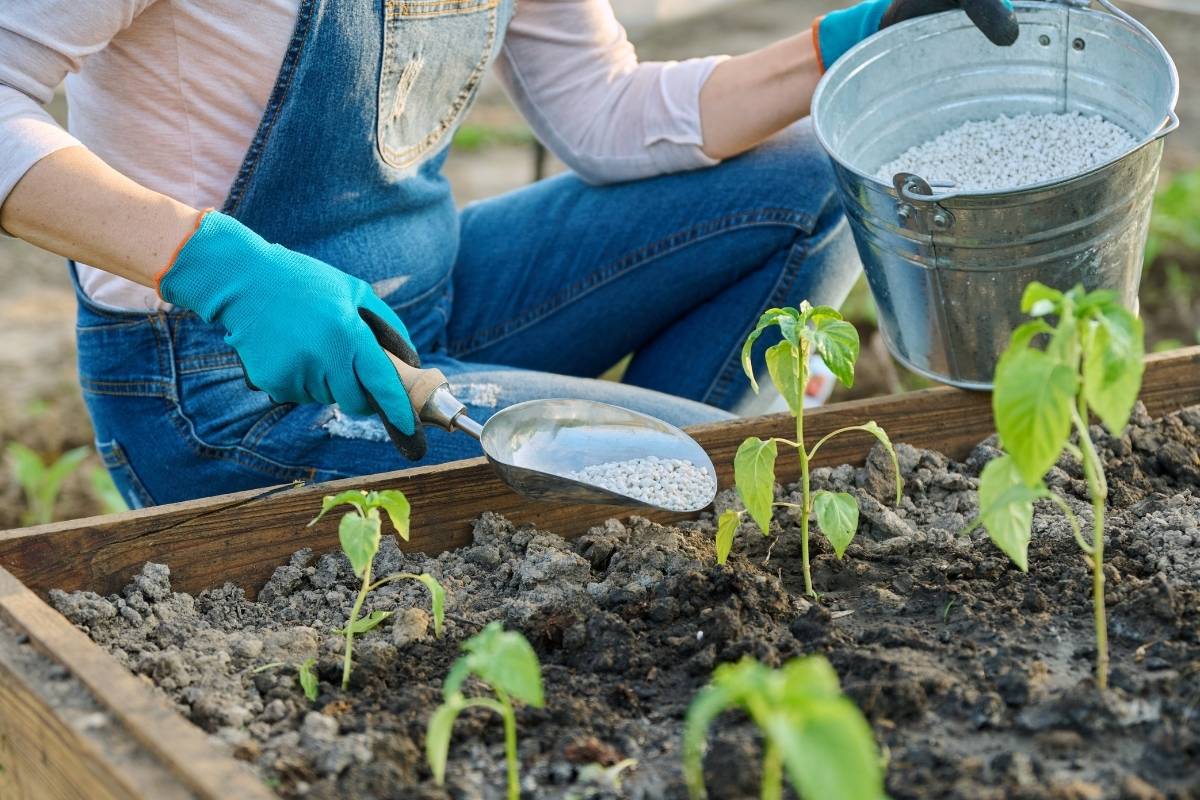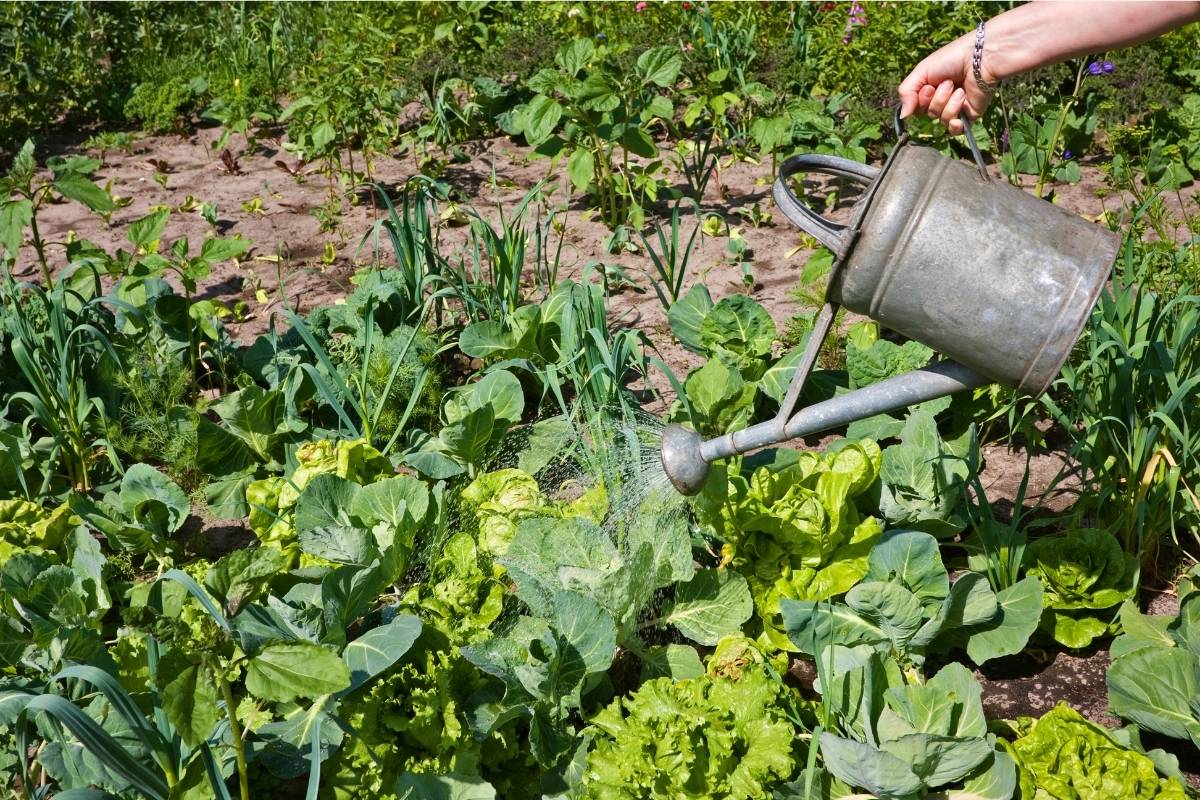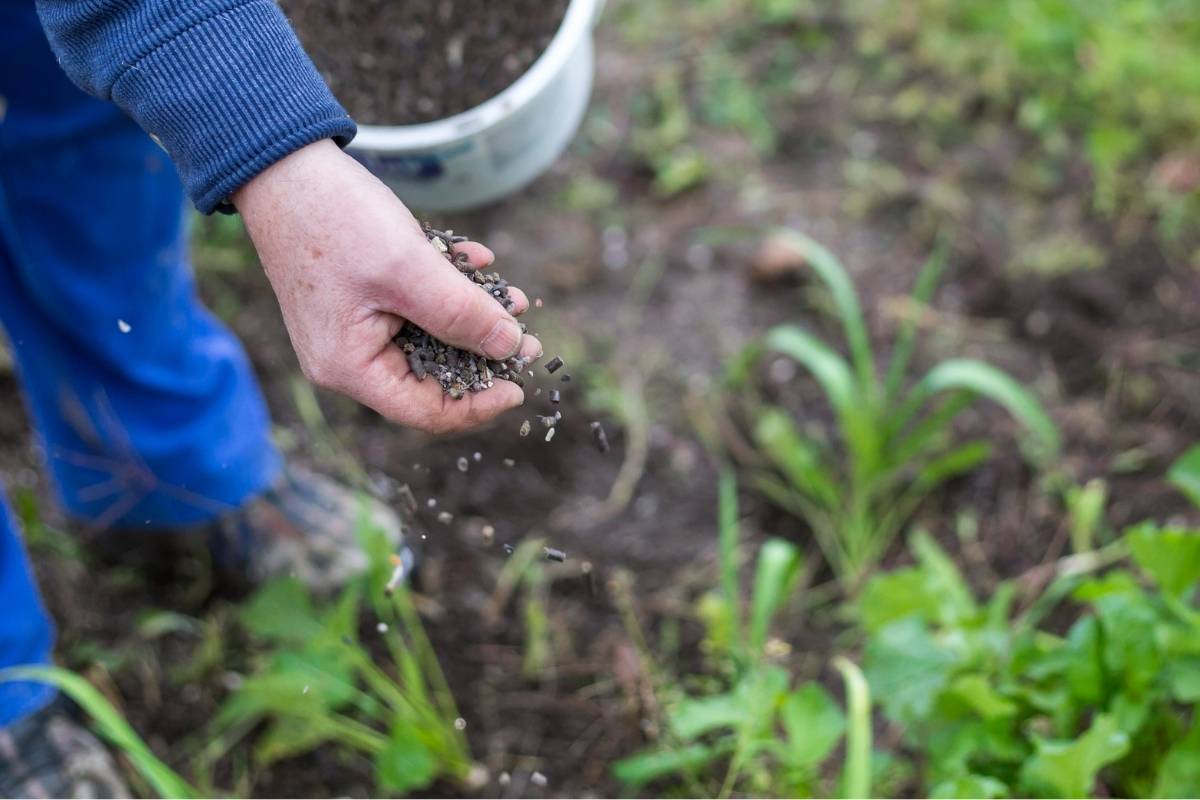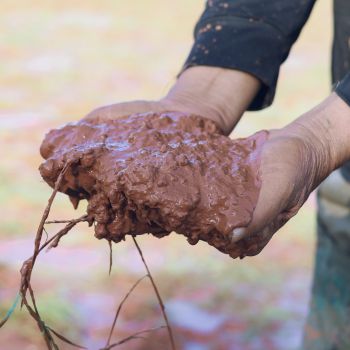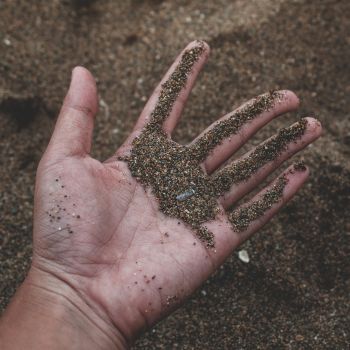A healthy soil packed with nutrients is a basic requirement for plants to thrive. Unfortunately, not all gardens are blessed with naturally fertile soil, especially in areas where sandy soils are common or in suburban locations where soil may be disturbed or depleted.
Even in gardens where the soil is good, harvesting vegetables or cutting flowers will slowly but surely deplete the soil's quality as plant matter is removed, preventing nutrients from being recycled. Ongoing soil management and improvement with compost can go a long way towards solving this problem, but when you need a quick and reliable nutrient boost, fertiliser is often the best solution.
That said, using fertiliser isn't always straightforward, and getting it wrong can deliver worse results for both your plants and the environment more broadly than not using any at all. Here's what to think about before taking the plunge.
Do You Really Need a Fertiliser?
If you're already enjoying success with thriving plants and healthy harvests, then you likely won't need the extra complication and expense of choosing and applying a fertiliser. Growing a green manure or adding a layer of compost or aged animal manure at the start of each growing season will probably be enough to replace the nutrients lost through harvesting or leached out by watering and rain.
But if your plants are showing signs of deficiencies, such as poor growth, discoloured leaves, leaf drop or low yields, it's certainly worth trying a fertiliser.
It's sensible, however, to approach fertiliser with caution. Using it unnecessarily or applying too much can cause excessive tender growth or fertiliser burn in many plants. This makes them more susceptible to pest attack and will reduce harvests if leaf growth comes at the expense of flowers and fruit. Over-fertilising also causes wider environmental issues. For example, the resulting build-up of nitrogen in local waterways can spur algal blooms which seriously harm other forms of aquatic life.
Which Fertiliser Should You Use?
If you've determined that using fertiliser is a good idea, it's important to choose the right kind. Fertilisers are made up of three key ingredients, nitrogen, phosphorus, and potassium, and each will affect plant growth in different ways:
- Nitrogen stimulates foliage growth, so it's a good choice for leafy greens, but high levels will reduce flowering and fruiting in other plants.
- Potassium promotes flower formation, which is essential for crops such as tomatoes and peppers.
- Phosphorus is good for all-round plant growth and vigour, and is especially useful for root vegetables, but high levels are harmful to many Australian native plants.
In general, look to either use a general-purpose fertiliser with a light touch or, ideally, choose a fertiliser designed specifically for the type of crop you want to feed.
Fast-Acting or Slow-Release Fertilisers?
As well as the chemical makeup, you also need to choose between fast-acting and slow-release fertilisers. As a general rule of thumb, liquid and soluble fertilisers are fast-acting, while pellets, granules or powders based on organic materials will release their nutrients more slowly.
If you need to correct a soil deficiency or give a quick boost to ailing plants, a fast-acting type will give the best results. Slow-release fertilisers deliver nutrients in a more measured way, letting plants take what they need as they need it.
When Should You Apply Fertiliser?
In most cases, applying fertiliser just before the start of the growing season is useful as it gives plants a head start, particularly if you're using a nitrogen-rich formula to promote early growth. Alternatively, applying in late autumn or winter can give a slow-release fertiliser time to enrich the soil before spring arrives. Tender new growth can be damaged by both frosts and extreme heat, so it’s best to avoid applying fertiliser just before either of these is expected.
In some situations, fertiliser should be used at different times of the year. For example, once tomato or pepper plants come into flower, feeding with a potassium-rich fertiliser every few weeks will encourage more flowers and better fruiting.
For flowering bulbs, fertilising once the flower has faded but the greenery remains will help the bulbs replenish their nutrient stores for the next year's growth. Almost all container plants will benefit from consistent feeding throughout the season, as the relative lack of soil and high water throughput means nutrients are depleted more quickly.
In all cases, the best results come from buying a fertiliser aimed at your particular plants and following the instructions on the label, helping to ensure you apply the right feed at the right times and in the right amounts. For more detailed information about the nutrients in fertilisers, release rates and application methods, see our comprehensive guide.
Fertiliser isn't a product to use out of habit, as overuse can cause genuine difficulties for both your plants and the wider environment. But in cases where it's needed, careful use of fertilisers can bring excellent benefits for nearly any plant you grow.
